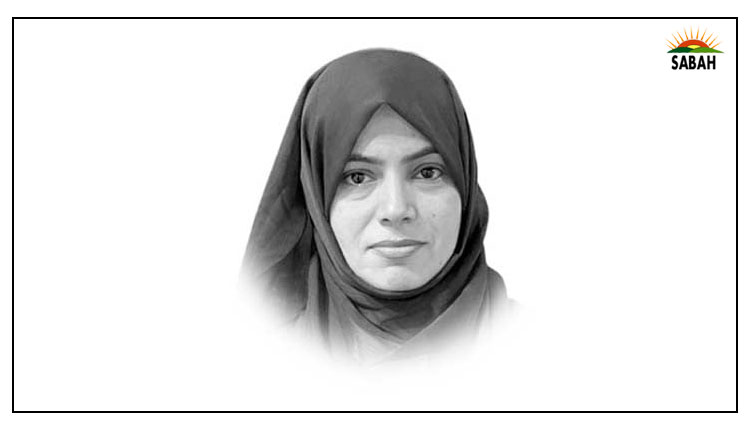Abuse in school…Kishwar Enam
WE were conducting our regular health check-ups at a government school in Machhar Colony, Lyari, when two students arrived at the door of their class. The girl was around 10 years old, and her brother was seven. The teacher came out and started shouting at the girl. They were late, and the teacher reprimanded them in an insulting tone.
I was unsure whether to intervene then or later until the teacher slapped the boy across the face. Leaping from my chair, I told the teacher, “You cannot do this. Do you know there is a law against corporal punishment in Sindh?” His response was shocking: “These are wild animals. They don’t listen until you beat them.”
On our next visit, we encountered two cases of severe upper arm pain and swelling. One case was so serious that we debated whether an X-ray was needed. We discovered that the teacher had hit the children with a stick. Sadly, abuse appeared to be a regular occurrence at the school. On being accosted, the principal expressed his helplessness: “What can we do? These are volunteer teachers who receive a minimal amount for teaching here. Most of the salaried teachers rarely show up to work.”
Frustrated, we wrote letters to Sindh’s chief minister and education minister. More than a month later, we still await their response. In the meantime, we continue to resend our letters.
Corporal punishment refers to physical punishment, which is intended to cause pain. It can involve the use of hands or objects like sticks, and is often resorted to as a disciplinary method to stop undesirable behaviour, prevent its recurrence, and serve as an example for others. While some developed countries have yet to ban corporal punishment in schools, most organisations concerned with children’s physical and mental well-being strongly advise banning it worldwide.
Research has consistently shown that when children witness physical force being used to ‘resolve’ conflicts, they internalise it as a legitimate way of solving problems, thus perpetuating a cycle of violence. In fact, there are non-violent methods for addressing undesirable behaviour in children. The American Academy of Child and Adolescent Psychiatry advocates non-violent approaches, such as behaviour management techniques and school-wide positive behaviour support systems. Similarly, the American Academy of Pediatrics warns that corporal punishment can harm a student’s self-esteem, hinder academic achievement, and contribute to disruptive and violent behaviour.
Children spend a significant part of their day at school, where teachers are supposed to serve as role models. For some children, especially those without adult support at home, teachers can become trusted figures who foster healthy development. But physical and psychological abuse and humiliation harm a child’s health and dignity. Children cannot learn well in an atmosphere of fear. A teacher must create an environment where children feel safe and flourish. Teachers who hit children reveal their own frustrations and lack of emotional regulation, which undermines their position. Such teacher behaviour should have no place in schools.
There are 23 million out-of-school children in the country, and for those who do attend, dropout rates remain alarmingly high. Studies show abuse by teachers is one of the major reasons for these dropouts. The Society for the Protection of the Rights of the Child estimates that 35,000 students drop out annually due to corporal punishment. The situation in madressahs is even more alarming. Reports suggest that all forms of child abuse are rampant, with little to no oversight or accountability. Parents and students are often too afraid to file complaints, while the government turns a blind eye.
To address these systemic issues, the authorities must take decisive action. Teachers must undergo training programmes to change the deeply ingrained mindset that sees corporal punishment as essential for discipline. The Society for Adolescent Medicine in the US, in its position paper on corporal punishment, recommends a classroom environment characterised by effective communication and mutual respect between teachers and students. Students should be taught in settings where they feel valued and understood. Student self-governance can also serve as an effective alternative for managing inappropriate classroom behaviour.
It is high time the government not only created laws but also ensured their implementation. Pakistan has yet to uphold Article 25A of the Constitution, which guarantees free and compulsory education for children. At the very least, the mental health and potential of students should not be destroyed by abuse. Let us protect our children and ensure that schools become spaces for learning, growth, and empowerment — not places of fear and humiliation.
COURTESY DAWN











